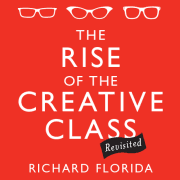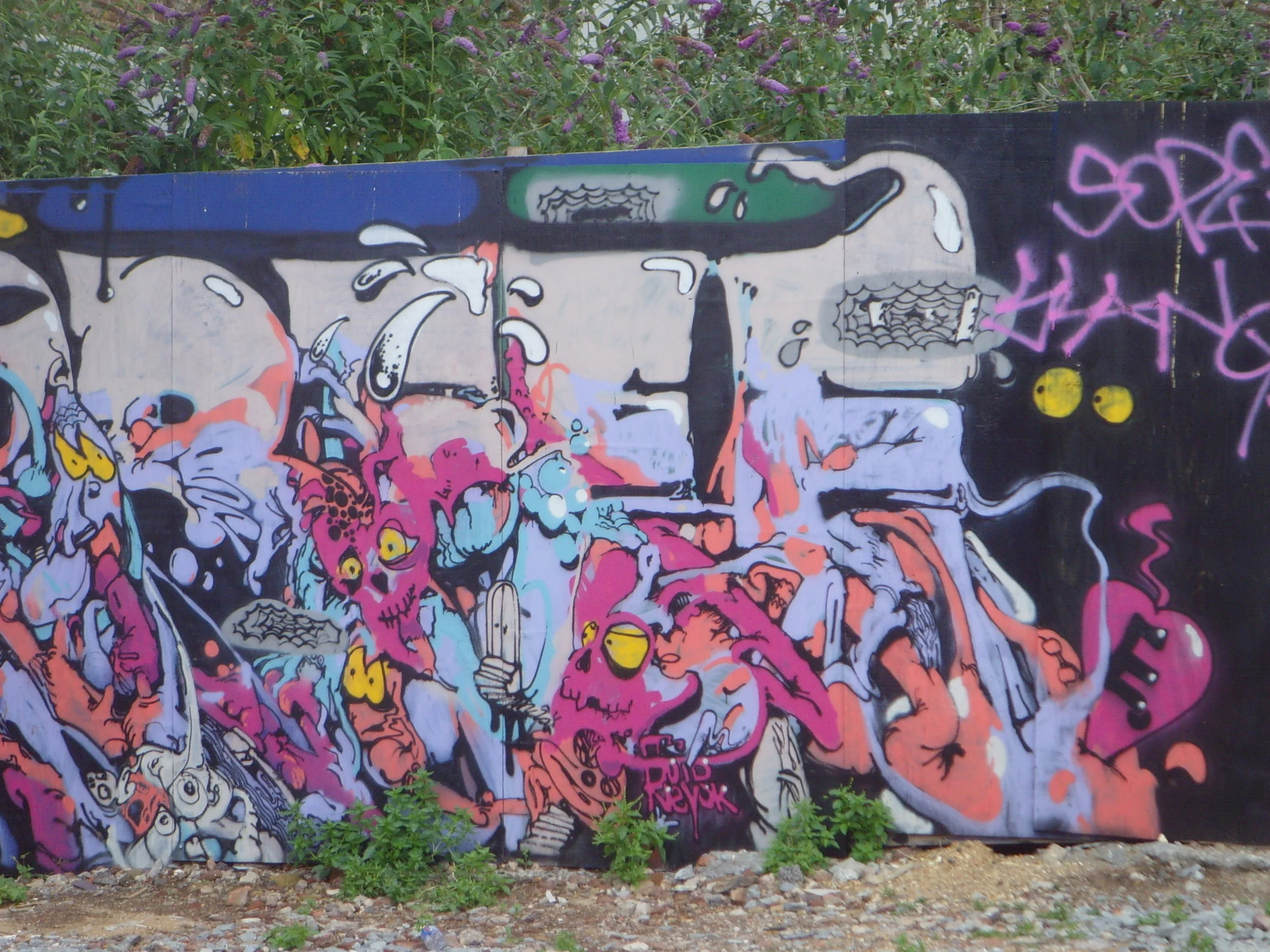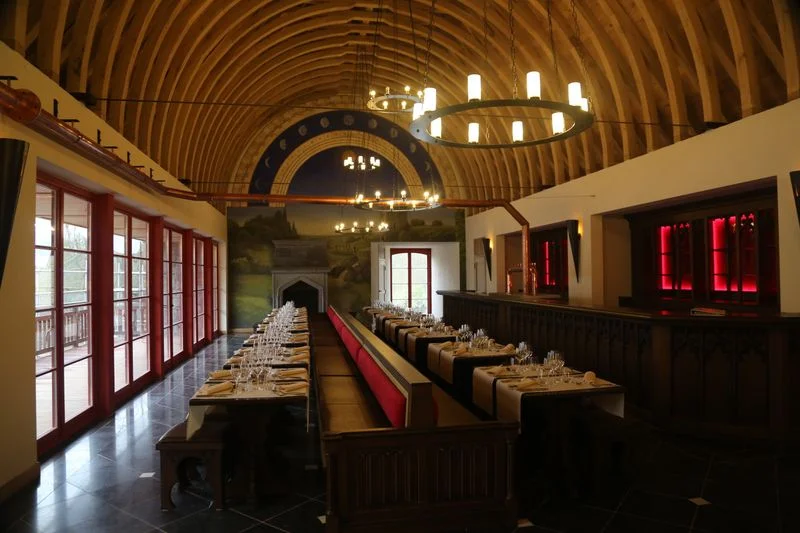The Rise of the Creative Class
I have been reading Richard Florida's new edition of 'The Rise of the Creative Class' over the past few days. This fascinating subject is so intimately linked to what I am trying to achieve with From My City: to give each professional the opportunity to stimulate his creative side. In this book, Florida's purpose is to examine how and why we value creativity more highly than ever before, and how the effects of the rise of the Creative Class manifest themselves on our economy, social geography, communities, and workplaces.
In America, one-third of all employed people belong to the Creative Class. The Creative Class does not only include people in science, engineering, architecture, design, education, arts, and music but also includes creative professionals ( i.e. people engaged in complex problem solving that requires independent judgement and a high level of education or human capital) in business and finance, law, healthcare, etc...
I have selected 10 main findings extracted from this book.
1. Every single human being is creative: creativity is a capacity inherent to varying degrees in all of us.
2. Creativity requires a supportive environment. It must be motivated and nurtured in a multitude of ways by employers, by the creative people themselves, and by the place we live.
3. Creativity involves the ability to synthesise: going through data, perceptions and material to come up with combinations that are new and useful.
4. A Creative economy requires diversity. It is not limited to technological innovation or new business models. It is multifaceted, multidimensional and experiential. Various forms of creativity such as technological creativity (invention), economic creativity (entrepreneurship), as well as cultural and artistic creativity are deeply interrelated. They share a common thought process, and reinforce each other by cross-fertilization and mutual stimulation.
5. The most prosperous cities are modelled on economic development that takes shape around the 3T's: technology, talent and tolerance. What powers cities is not their great buildings, companies or physical infrastructure but their concentration of skilled and talented people.
6.The Creative Class values are individuality, meritocracy, diversity and openness. Great cities have always been melting pots of races and cultures. Diversity means excitement and energy. Places are also valued for their authenticity and uniqueness.
7. Money is not the only driving force. Research shows that people want enough money to live in the manner they prefer but creative workers are most motivated by their work's intrinsic rewards i.e exciting projects, challenging work, work that makes a difference, the flexibility to pursue side projects, and outside interests which they believe will also benefit the company.
8. The change of professional environment. Many people interviewed declared that they are fed up with the politics and bureaucracy of corporate life. They are reinventing themselves in the Creative Economy. Skill acquisition has become an individual responsibility. Creative workers invest tremendous amounts of time and money on their educations.
9. The change of the workplace. New workplace integrates elements of the flexible, open, interactive model of the scientist's lab or artist's studio into the model of the traditional corporate office. We need to really understand the way collaborative work happens. Proximity matters as people interact most with those located close to them. It has been proven that ideas arise as much out of casual conversations as they do out of formal meetings.
10. Time has become the most precious commodity. There is a quest for multidimensional experiences. The key facet of the "Creative Class Lifestyle" is in the value of finding rich and multidimensional experiences not only at work, but also at home and at one's leisure. Cultural intermixing is a powerful creative stimulus. The Creative Class likes street-level culture, engagement in art, mingling and talking with artists and aficionados, as well as participating in sports. All these experiences complement the way they work. It can therefore be said that the boundaries between work and leisure are becoming more and more blurred.







